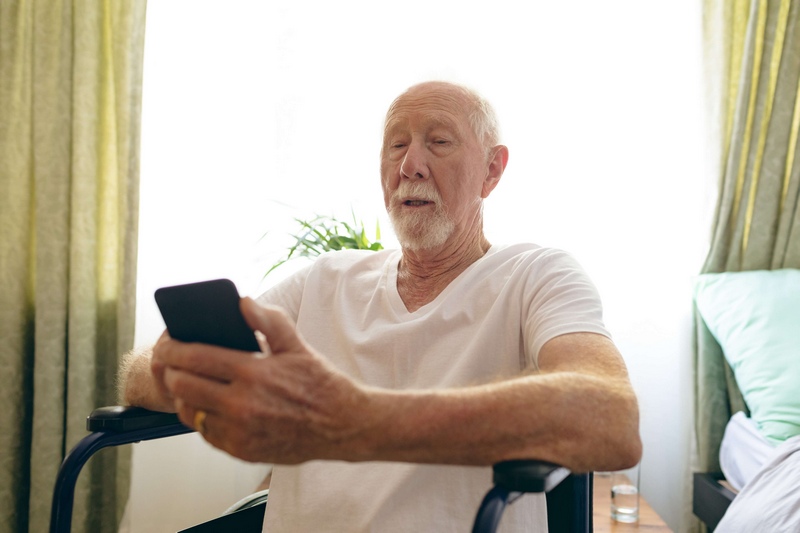Patient engagement apps are reducing hospital readmission rates

According to a recent study, patient engagement technologies like patient retention apps are more likely to lead towards better healthcare outcomes. Patients who used these apps contributed to reducing hospital readmission rates compared to those patients who did not use engagement apps.

Patient engagement technologies like CircleCare, a patient retention app, have shown that they aid patients having chronic diseases to visit their healthcare providers more prudently. Rather than going to the EDs (emergency departments of their hospitals and spending a significant amount of money which could be preventable, they used these patient engagement technologies to take care of themselves and also contact their physicians whenever required, regarding their health updates and asking for assistance directly within the app. The latter is much more desirable as it saves money from a preventable hospitalization and where the patients have tools provided by their healthcare providers, thus, reducing hospital readmission rates.
According to the study, patients suffering from chronic conditions face some challenges getting a cohesive healthcare service- they need to go through several primary and supporting facilities for the full experience, thus are bombarded with different data points and care sites, which result in a disrupted and broken healthcare experience.
The research also showed that tools which provide the patients with facilities like access to their health information, tracking their activities, are helping to deliver superior quality healthcare and help the patients to stay on track regarding their post-discharge guidelines, all of which leads to only better patient outcomes.
Patient engagement tools and better patient outcomes are positively correlated- the more the use of these tools like CircleCare, the more active participation is seen from the patients, and thus, the better are the patient outcomes as hospital readmissions are fewer for these engaged patients. Even if the patients had multiple diseases, as long as they had access to the tools and were using them actively, the research showed these patients contributed to reducing hospital readmission rates.
The research was carried out by grouping patients by their chronic conditions, hypertension, diabetes, asthma, and so on. As previously mentioned, patients with chronic or complicated cases who had access to patient engagement tools were readmitted fewer times compared to those who did not have access or did not use it.
These results show that patients are becoming health conscious than ever and are opening up to useful patient engagement tools. It is a positive outcome overall, as the patients are choosing to pursue an active and healthy lifestyle and not resort to hospital readmissions, which can be expensive and inconvenient. The study also demonstrated that unless it is too severe, the patients choose to communicate with their physicians via the engagement tools instead of opting for readmissions or similar actions. This way, they can talk about any discomfort or situations they are facing and get instant advice, which helps them save a trip to the ED. Thus, patient engagement tools are taking healthcare out of hospitals and making it accessible via mobile devices, which is very much convenient for the patients themselves.
So, what are these patient engagement tools that are pushing healthcare to better heights? One of the prime examples is CircleCare, a patient retention app which doubles as a patient engagement app. It has all the features of a perfect patient engagement tool. CircleCare can track steps, schedule medicines reminders, record glucose level, blood pressure, and also provide a community where the patients can engage with one another for exchanging health tips- a social media for patients. Moreover, it is also a means for patients to communicate with their healthcare providers; thus, they can contact them whenever necessary, without any hassle. Once a hospital registers to the service, they direct their patients to download the app to their smartphones/tablets and register as their patients, and that’s it! Patient engagement tools like CircleCare not only help the patients to communicate with their physicians but also help them lead and maintain a healthy and active lifestyle, which in turn generates improved patient outcomes and results in reducing hospital readmission rates, making it a must-have engagement tool.





















